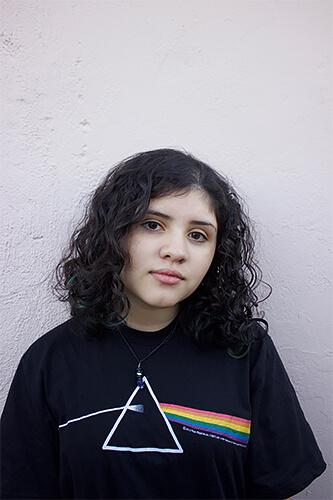I was born in El Salvador on December 10, 1998. I lived with my parents for a short amount of time, where I kept moving and changing schools every three years until I was 10. I moved in with my aunt where she kept cabinets of photos, where I used to spend a lot of hours looking at them. On those four years I lived with my aunt, I was exposed to life experiences, where the only thing I really had was what I called 'home' and a relationship with my cousins and siblings. I moved in with my mother to California, where I was exposed to a lot of diversity, different perspectives and expressions. After I went back to El Salvador for my father's funeral, I realized that whatever made you who you are and where you come from is something unforgettable. However, I still took what I thought it was right from here, one of those things was to show through photography who I am by not being obvious about it, because in my life I had to work hard to achieve what I wanted, which made it more valuable, photographs can mean more if they are really look through. I like who I am, and every single perfection and imperfection about my life. I want to keep moving, expanding my ideas and expressing them, at the end being able to find what I once called 'home'.
Andrea Abrego is the winner of the first edition of the YPA, Young Photographer Award organized by Beatrice Chassepot, Founder and Editor of be-Art magazine.
